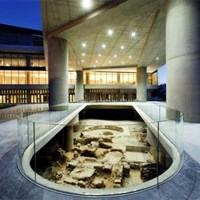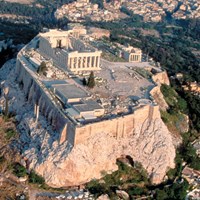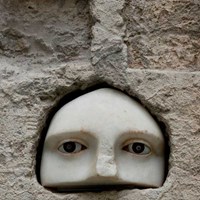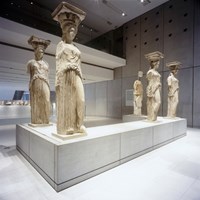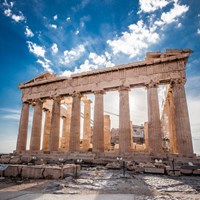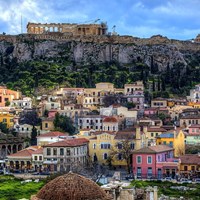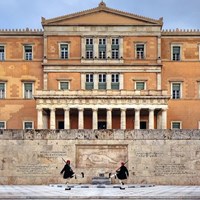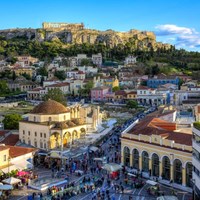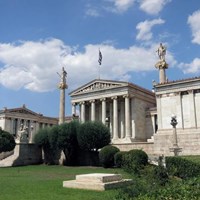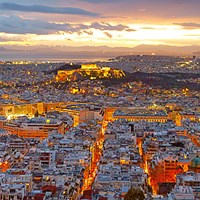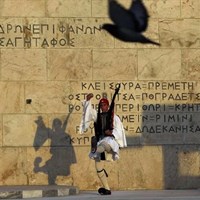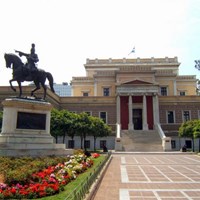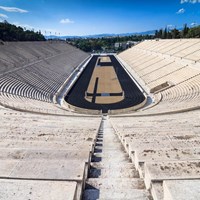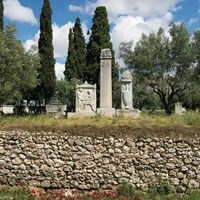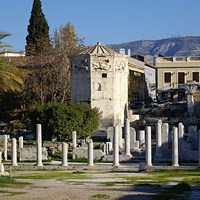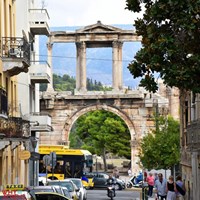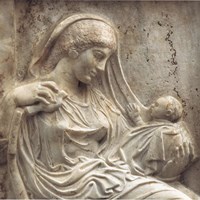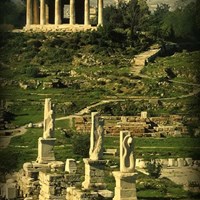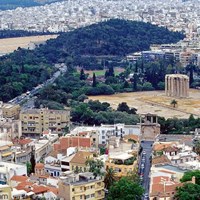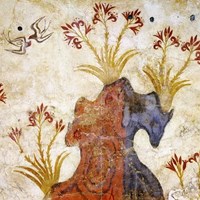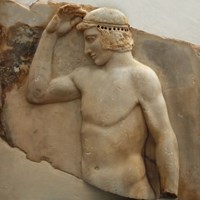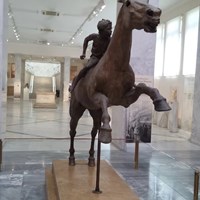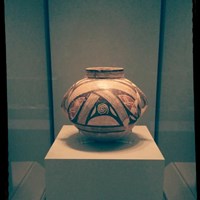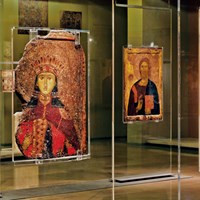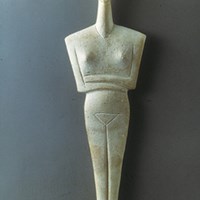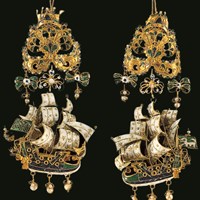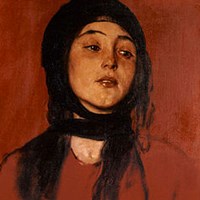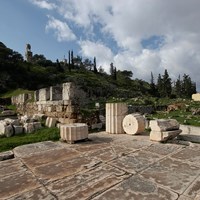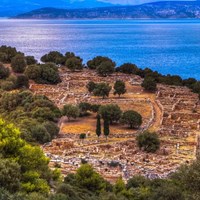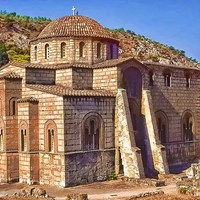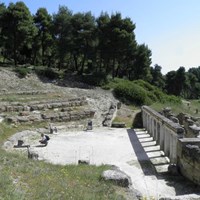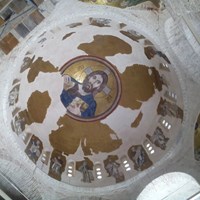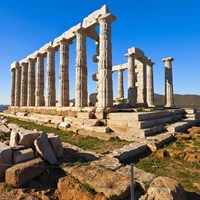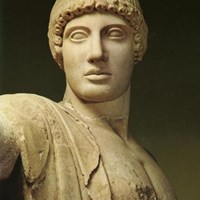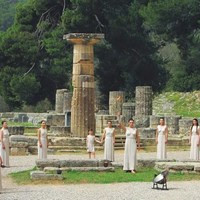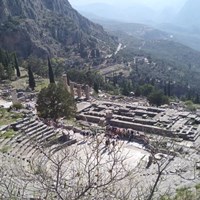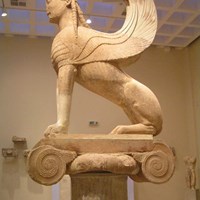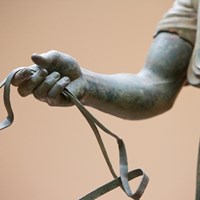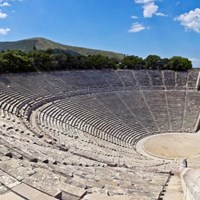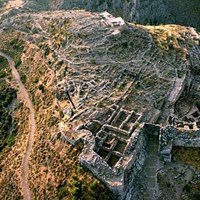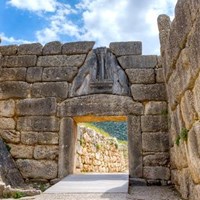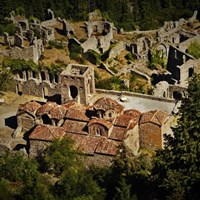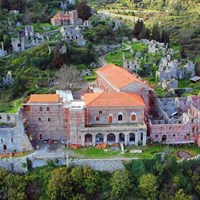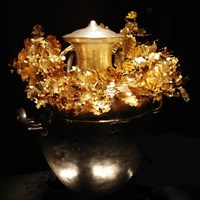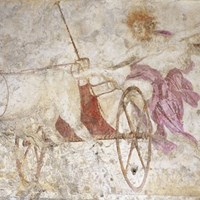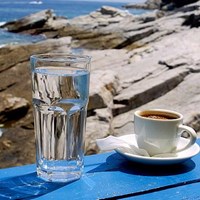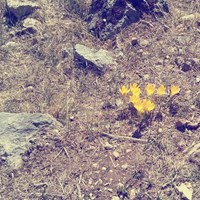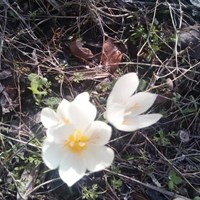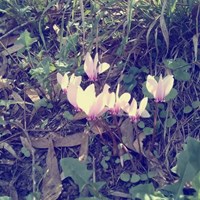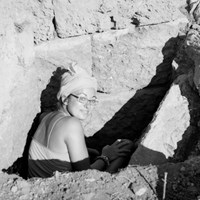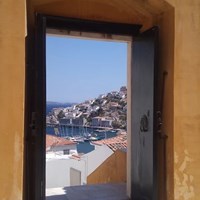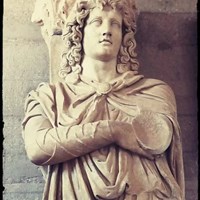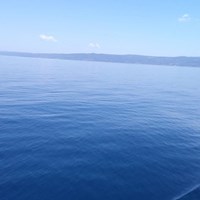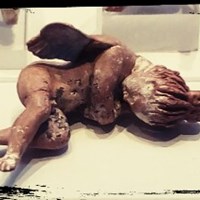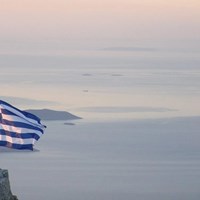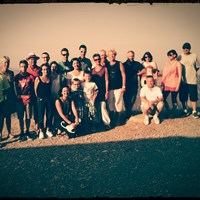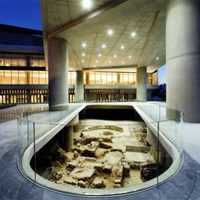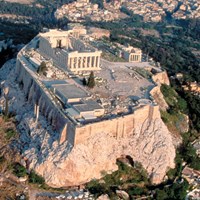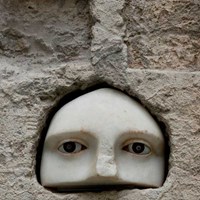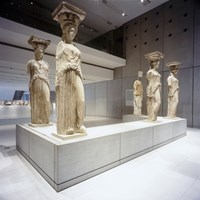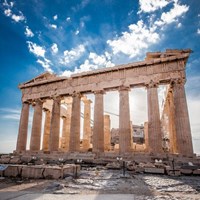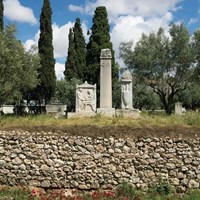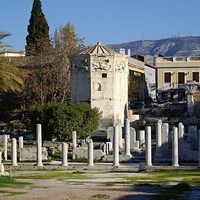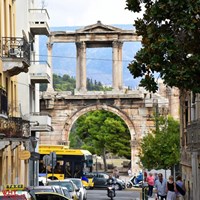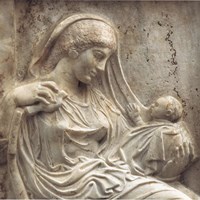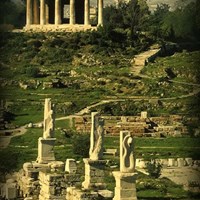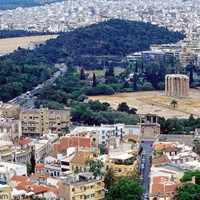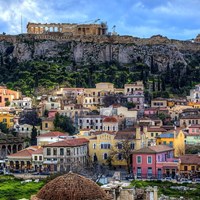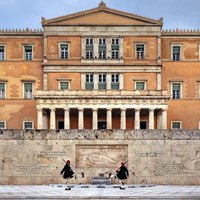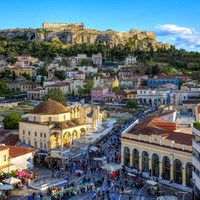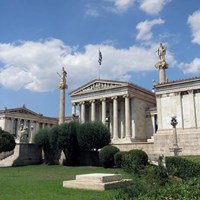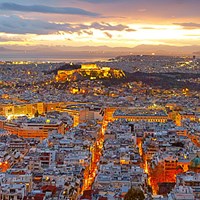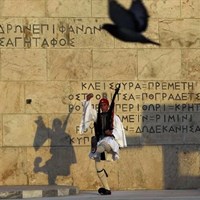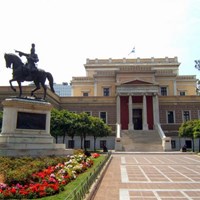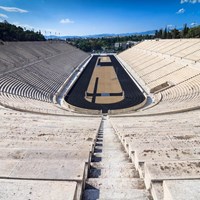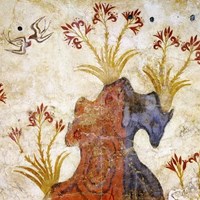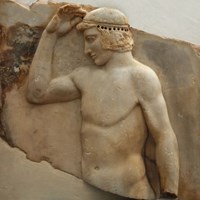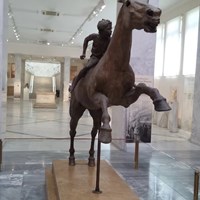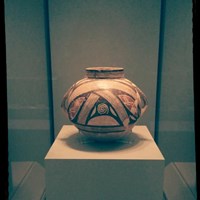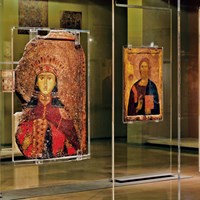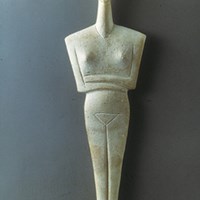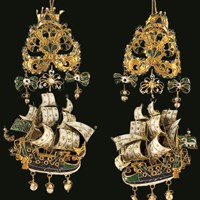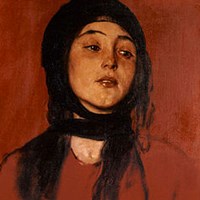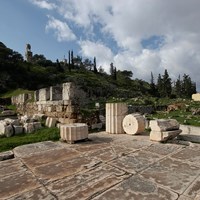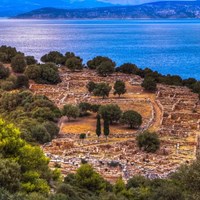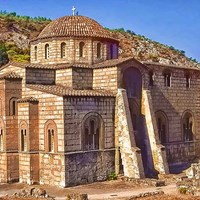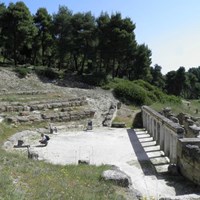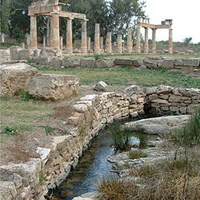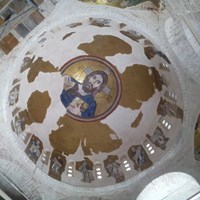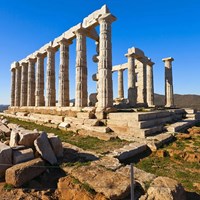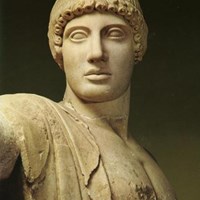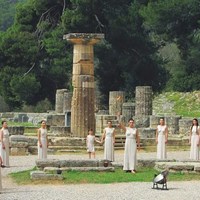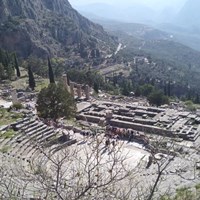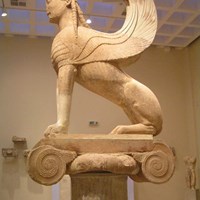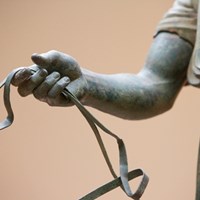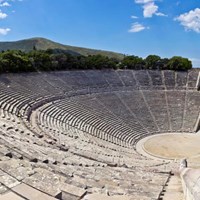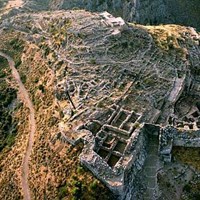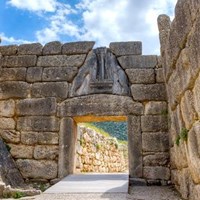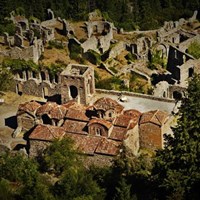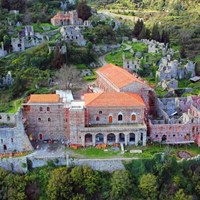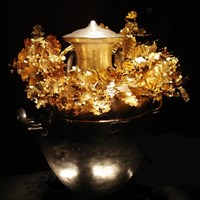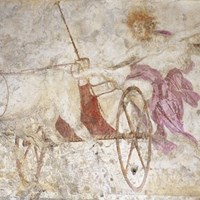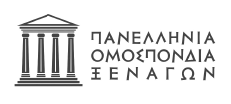VRONTINAKI EVA
VRONTINAKI EVA

Official Guide Identity

Curriculum vitae
Welcome,
My name is Eva VRONTINAKI, I was born and raised in Athens where I live and work as an official tour guide.
Since my childhood, I love discovering hidden stories behind places, monuments and artifacts which come from different historical periods. As a consequence, my special interest for any part of Greek culture - through history, mythology, archeology, literature, art, nature and customs - led me to study History and Archaeology at the University of Athens (Kapodistrian University of Athens) and History of Art (Master's degree) at the University of Lille in France (Charles-de-Gaule Lille III University). During my studies I had also participated in different archaeological programs in Greece - excavation programs: The Neolithic Cave of Poros (Drakaina Cave) on Kefalonia island, the Diogenes' Gymnasium at Plaka in Athens, the Hellenistic Fortress on Antikythera island etc. and recording programs on the collections of Hellenistic and Roman ceramics from the Archaeological Museum of the University of Athens.
At present, I am a licensed tour guide authorized by the Greek State to conduct guided tours in English, French and Greek.This means that I communicate my knowledge and personal experience to visitors helping them to discover the different colors of Greek culture from past to present. Parallel to this, having a genuine passion for my job I am working constantly to have a continuing education on different aspects of Greek culture studying and attending conferences (especially regarding the progress of archaeological researches in Greece).
As a professional, I offer guided tours throughout Greece for individuals, groups and families.
What kinds of tours are offered?
- Cultural visits in archaeological sites, monuments, museums and art galleries (permanent or current exhibitions)
- Walking tours in cities (*especially in Athens)
- Excursions in Greece (one day trip or trips including overnight stays - mainland and Islands)
- Thematic tours (Religious tours: The Steps of Apostle Paul in Greece, Pilgrimage in Orthodox Monasteries, Cultural tours: Classical Athens, Byzantine Athens, Discovering the ancient Attica from the cape Sounion to Eleusis, Panhellenic sanctuaries and games, Byzantine Peloponnese etc.)
In any case, by sending me an email presenting your preferences, we can customize together your tour according to your special interests.
If you wish to have a different and unforgettable experience in the magic world of Greek culture with your personal tour guide, I will be at your disposal!
Photo Gallery
Recommended visits
Acropolis
Archaeological site of the Acropolis and the New Acropolis Museum: The most famous and emblematic site of Classical Greek culture!
http://www.theacropolismuseum.gr/en(For the site there are two types of visits: a simple visit with your tour guide and a 3D visit with your guide and an iPad* with an application of 3D reconstruction of Acropolis that helps you restore the ancient form of Acropolis monuments)
More details for iPad see here: http://moptil.com/
Ancient Athens
Walking Tour in the historical center of Athens
Museums of Athens
Museums of Athens:
- National Archaeological Museum of Athens: The most important museum of ancient Greek art from the Neolithic era to late Roman period, a real treasury of ancient art or otherwise the Ark of ancient Greek art! http://www.namuseum.gr/index-en.html
- Museum of Byzantine Art: The Byzantine world from the 6th century AD up until the fall of Constantinople in 1453 through mosaics, religious sculpture, icons, frescoes and precious ecclesiastical artifacts. http://www.byzantinemuseum.gr/en/
- Benaki Museum: A real time-travel through a great collection of Greek art from the Neolithic era (5000 BC) to the 20th century. http://www.benaki.gr/index.asp?lang=en
- Museum of Cycladic Art: The finest collection of Cycladic art with a great variety of Cycladic figurines dated in the early Bronze Age (3rd millennium BC) that have inspired many artists during the 20th century such as Picasso and Modigliani. https://www.cycladic.gr/en
- National Gallery of Art: Greek modern art from the 18th to the 20th century (Gyzis, Lytras, Tsarouchis, Moralis etc.) and a minor collection of European art (El Greco, Rembrandt, Dürer, Brueghel, Van Dyck, Caravaggio, Goya, Delacroix, Uttrillo, Cézanne etc.) http://www.nationalgallery.gr/site/content.php?set_locale=2
Attica
Attica is the wider area in which Athens is located. As Athens is the heart in the body of Attica, not far from Athens we can discover a different landscape from the urban with important archaeological sites.
- Ancient Sanctuaries of Attica: Sanctuary of Poseidon at Cape Sounion, Sanctuary of Artemis at Brauron, Sanctuary of Dimitra at Eleusis and Sanctuary of Amphiaraos at Oropos.
- Ancient city of Ramnous: The best preserved Attic city (demos) next to the field of the famous Battle of Marathon between the Greeks and the Persians in 490 BC.
- Byzantine Monastery of Dafni: An important Byzantine Monastery dated in the 11th century with wonderful mosaics and inscribed on the list of UNESCO World Heritage Sites as one of the typical examples of the golden age of Byzantine art.
UNESCO World Heritage Sites in Greece
UNESCO World Heritage Sites in Greece
Until today, there are 18 UNESCO World Heritage Sites in Greece (last inscription in 2016) and there are also 14 sites on the tentative list. But what is the importance of UNESCO World Heritage Sites? The World Heritage Sites are monuments which are considered as the best examples of human creative genius and represent important parts of the world history of humanity. http://whc.unesco.org/en/statesparties/GR/
Indicatively, I mention the following:
- MYCENAE: Mycenae was the most important acropolis (citadel) during the Late Bronze Age (15th-12th c. BC) in Greece. According to Homer, the poet of Iliad and Odyssey, Mycenae was the kingdom of Agamemnon, the leader of the expedition of the Greeks against Troy. The Lion's Gate and the Treasury of Atreus have been listed as "outstanding examples of human creative genius".
- DELPHI: The pan-hellenic Sanctuary of Apollo was one of the most important oracles in the Mediterranean and a symbol of Greek cultural unity from the 8th century BC onwards.
- OLYMPIA: The pan-hellenic Sanctuary of Olympian Zeus was the birthplace of the ancient Olympic Games beginning in 776 BC.
- EPIDAURUS: The Sanctuary of Asclepios, the god of medicine, provides valuable insight into the healing cults of Greek and Roman times. The Theater at Epidaurus is considered as one of the original masterpieces of Greek architecture.
- VERGINA: The Royal Tumulus (tomb) of Philipos II of Macedonia, father of Alexander the Great, was a brilliant archaeological discovery due to the historical importance of this king and the precious finds made of gold, silver and ivory.
- MYSTRAS: The medieval citadel of Mystras known also as "the Wonder of Morea" was the last Byzantine stronghold before falling to the Ottomans in 1461.

Official Guide Identity

Take a journey back in time











